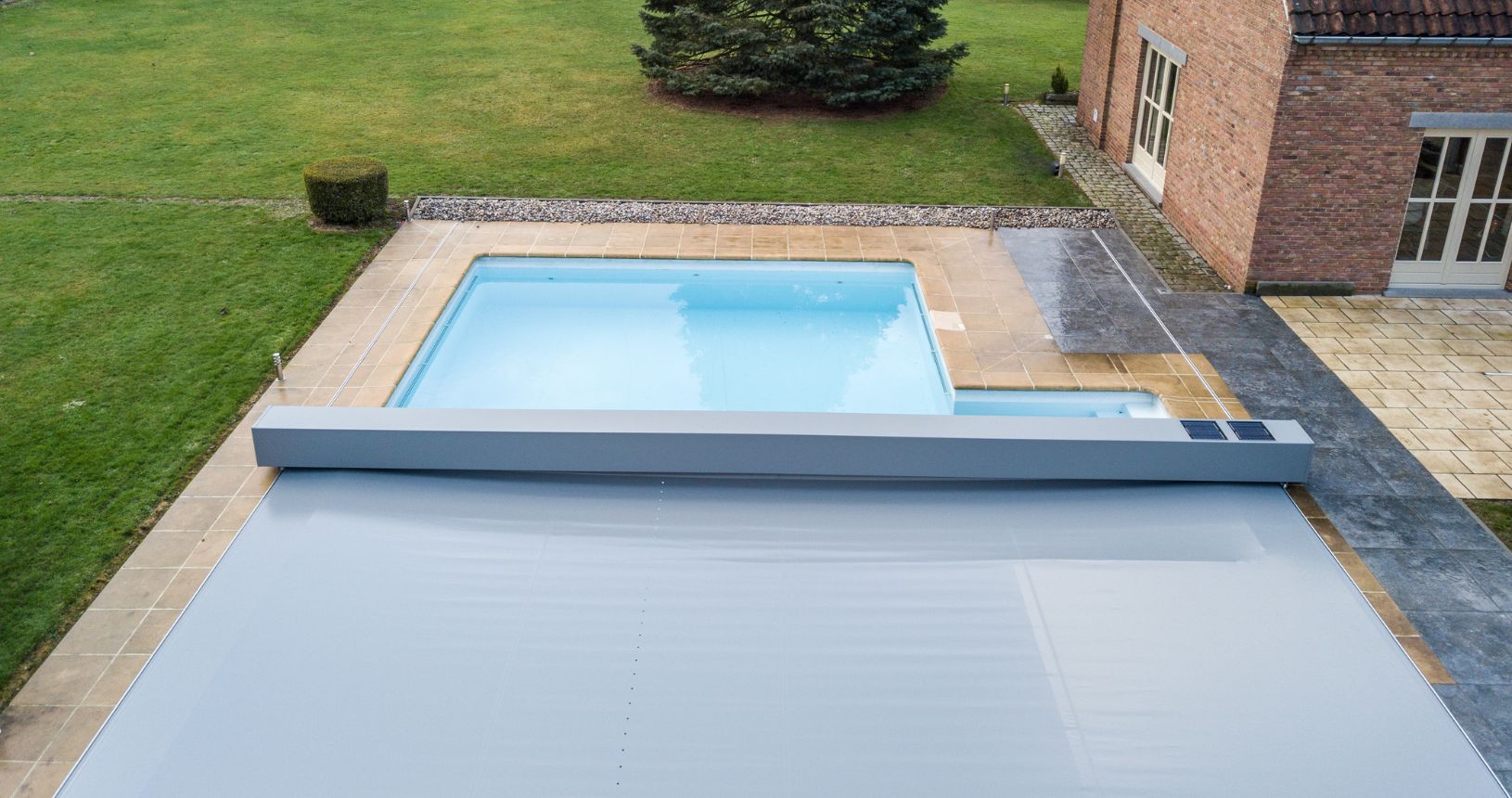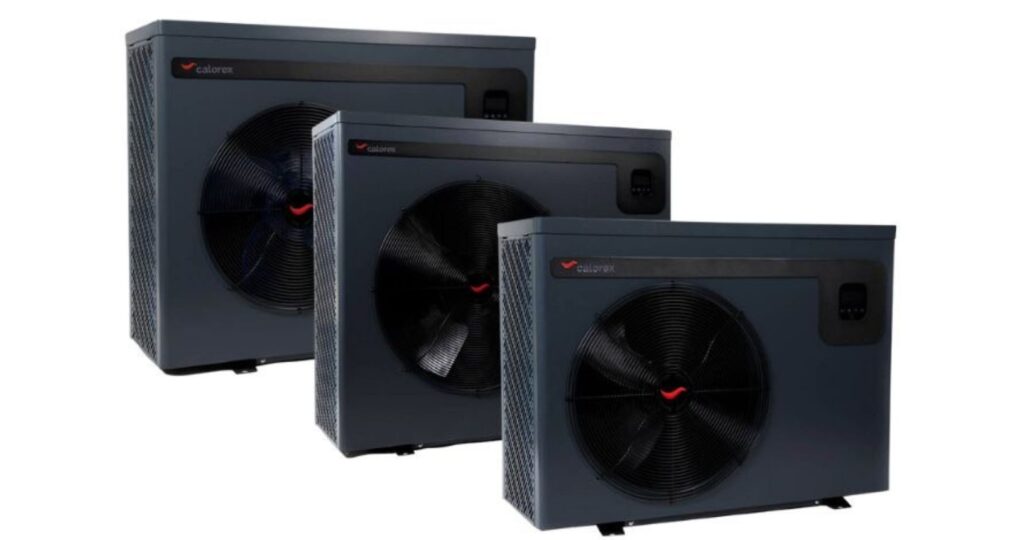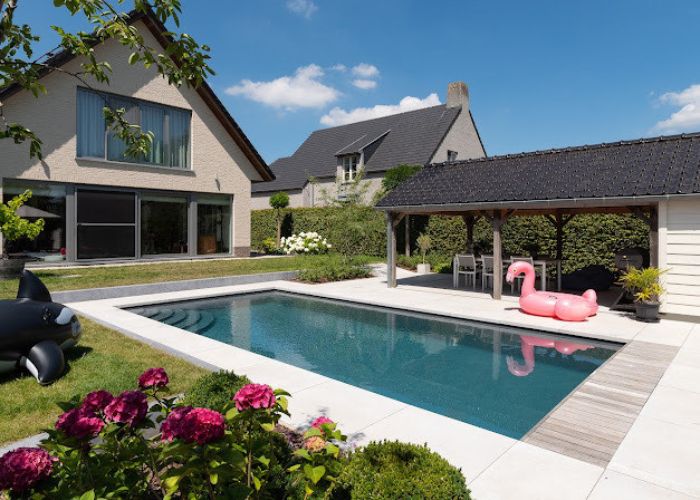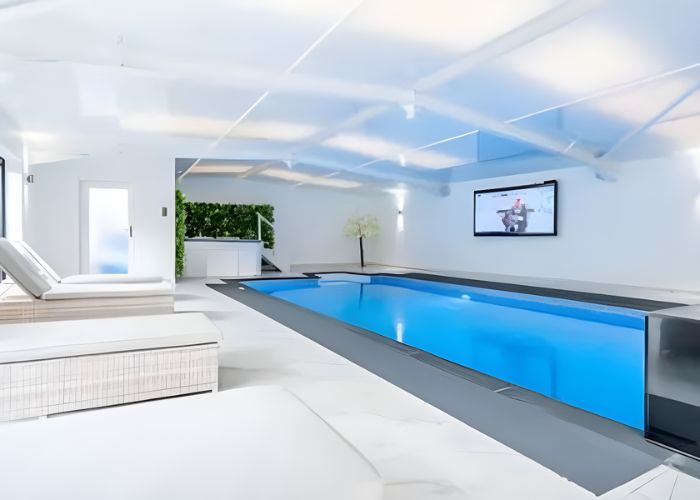Owning a swimming pool or spa is a luxury that many homeowners enjoy, but it can also be a significant drain on resources. Between heating, filtration, water treatment, and regular maintenance, costs can add up quickly. The good news is there are several ways to reduce these expenses without sacrificing the enjoyment of your pool or spa. Whether you’re looking to save on energy bills, water usage, or maintenance, this guide will walk you through practical and effective strategies.
1. Invest in a High-Quality Pool Cover
One of the simplest and most effective ways to reduce swimming pool and spa costs is by investing in a high-quality cover. Pool covers serve several purposes, including:
• Reducing Water Evaporation: Pools lose a surprising amount of water through evaporation. A cover can reduce this by up to 95%, saving you money on water bills and reducing the need for frequent top-ups.
• Minimising Heat Loss: If your pool is heated, a cover can significantly reduce heat loss, lowering your energy costs. In fact, using a cover at night can retain up to 50% of the pool’s heat.
• Keeping Debris Out: Less debris in the pool means less time and money spent on cleaning and filtration.
A solar pool cover, in particular, not only reduces heat loss but also helps naturally warm the water using the sun’s energy.

2. Upgrade to Energy-Efficient Equipment
Outdated pool equipment can be a huge energy drain. Consider upgrading to modern, energy-efficient alternatives:
• Variable-Speed Pool Pumps: Traditional single-speed pumps run at a constant, high speed, consuming more energy than necessary. Variable-speed pumps can adjust their speed based on the pool’s needs, using up to 75% less energy.
• Energy-Efficient Heaters: If you use a gas or electric heater for your pool or spa, upgrading to a more energy-efficient model can significantly reduce energy costs. Heat pumps, which pull warmth from the air, are another option that can cut energy consumption by 50% or more.
• LED Pool Lights: If your pool is illuminated at night, consider switching to LED lights. They use up to 80% less energy than traditional incandescent bulbs and last much longer, saving money on replacements.

3. Optimise Your Pool’s Filtration System
Your pool’s filtration system is essential for maintaining clean water, but it can also be a major source of energy consumption. Here’s how you can make it more efficient:
• Shorten Filtration Times: Many pool owners run their filtration systems longer than necessary. Depending on your pool size and usage, you may be able to reduce filtration time without sacrificing water quality. Start by cutting it back by an hour and monitor the water’s clarity.
• Use a Timer: Install a timer on your pool’s filtration system to ensure it runs only when necessary. Many people leave their systems running continuously, wasting energy. A timer will automate this process and help you optimise energy usage.
• Clean Filters Regularly: Dirty filters make your pump work harder, using more energy. Keeping them clean ensures efficient filtration and extends the life of your pool’s equipment.
4. Consider Solar Panels
Using solar energy to heat your pool can be a game-changer. Solar heating systems use panels to capture the sun’s energy and transfer it to your pool water. While there’s an upfront cost to installing solar heating, the savings over time can be substantial. Plus, once the system is in place, the energy is free.
Solar heating can reduce or even eliminate the need for gas or electric heaters, especially during warmer months, leading to significant long-term savings.
5. Regular Maintenance to Prevent Costly Repairs
Staying on top of regular pool and spa maintenance can prevent minor issues from becoming expensive repairs. Key tasks include:
• Skimming and Cleaning: Regularly remove debris from the pool and clean the skimmer baskets to keep the filtration system running efficiently.
• Checking Chemical Levels: Balanced water chemistry prevents corrosion, scaling, and other issues that can damage your pool’s structure and equipment.
• Inspecting Equipment: Regularly check your pump, heater, and filter for signs of wear and tear. Catching and addressing issues early can save on costly repairs down the road.
Consider hiring a professional for regular inspections to ensure everything is running smoothly.

6. Lower Your Pool’s Temperature
If you heat your pool or spa, lowering the temperature by just a few degrees can lead to substantial savings on energy costs. For every degree you lower, you can reduce heating costs by 5–10%. If you don’t use the pool daily, consider lowering the temperature during off-peak times or when the pool is not in use.
For spas, consider using a timer or programmable thermostat to only heat the spa when you plan to use it, rather than keeping it heated constantly.
7. Use Windbreaks
Wind can cause both heat and water loss in your pool. Installing windbreaks like fences, hedges, or tall plants can reduce wind exposure, helping retain heat and prevent water evaporation. As a bonus, these features can enhance the privacy and aesthetics of your outdoor space.
8. Reduce Chemical Use with a Saltwater Pool
Switching from a traditional chlorine pool to a saltwater system can reduce chemical costs over time. Saltwater pools generate their own chlorine through electrolysis, which means you won’t need to purchase chlorine or other harsh chemicals as frequently.
While there’s an upfront cost to convert a pool to a saltwater system, the savings on chemicals and the lower maintenance requirements can make it a cost-effective option in the long run.
9. Optimise Water Usage
Water waste is another significant expense for pool owners. To reduce water usage:
• Check for Leaks: Even small leaks can lead to significant water loss over time. Regularly inspect the pool and plumbing for leaks and address them immediately.
• Avoid Overfilling: Keep an eye on your pool’s water level and avoid overfilling. Excess water will spill over, wasting both water and chemicals.
• Minimise Splash-Out: Encourage gentle pool use to prevent excess water from splashing out. Consider installing features like splash guards or deeper edges around the pool.
10. Consider Off-Peak Energy Hours
Some energy providers offer off-peak rates for electricity usage during specific times of day. If possible, schedule your pool’s filtration and heating systems to run during these lower-cost periods to reduce energy expenses.
Final Thoughts
Reducing swimming pool and spa costs requires a combination of strategic upgrades, regular maintenance, and smart energy usage. By implementing even a few of these cost-saving measures, you can significantly lower your expenses while still enjoying all the benefits of your pool or spa. Whether you’re looking to reduce energy consumption, water waste, or chemical use, these tips will help you create a more efficient, cost-effective pool or spa experience.




